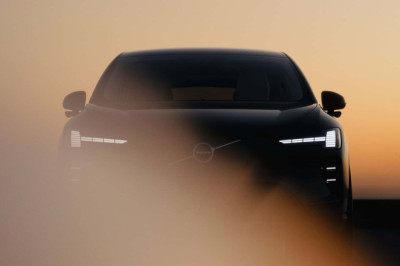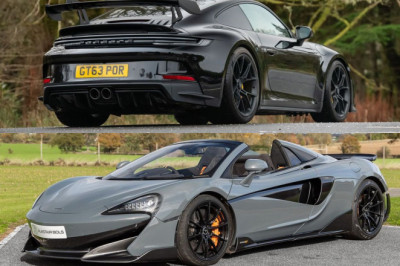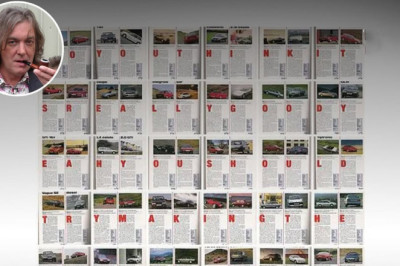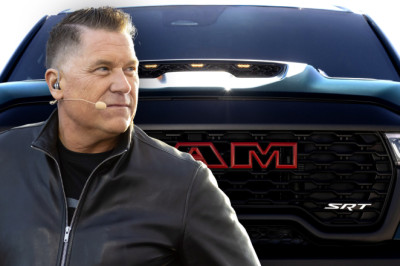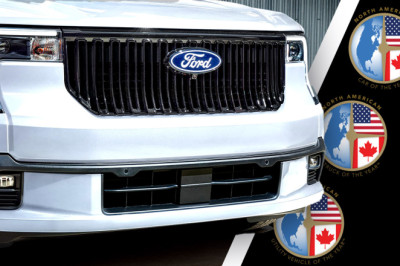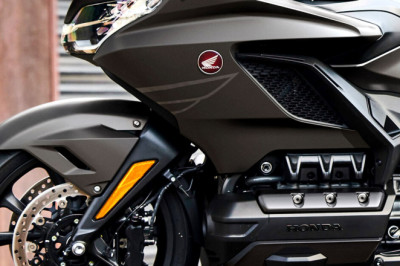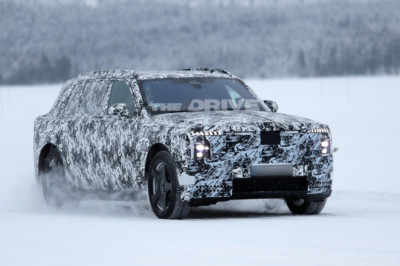
A manufacturer best known for its reliable-but-dull family cars, Honda set the tongues in the motoring world wagging when it unveiled the world’s first mass-produced, all-aluminium car at the 1989 Tokyo motor show.
The Honda NSX, marketed in North America as the Acura NSX, is a two seat, mid-engine sports car manufactured by Honda.
The origins of the NSX trace back to 1984, with the HP-X (Honda Pininfarina eXperimental) concept, which was a mid-engined 3.0 L V6 engined rear wheel drive sports car. Honda committed to the project, with the intention of meeting or exceeding the performance of the then V8 engined Ferrari range, while offering reliability and a lower price point. The concept thus evolved and had its name changed to NS-X, which stood for "New", "Sportscar" "eXperimental", although the production model was launched as the NSX.
The NSX was designed by a team led by Chief Designer, Masahito Nakano, and Executive Chief Engineer, Shigeru Uehara. It benefited from advanced aerodynamics and styling inspired by a F-16 fighter jet cockpit and input from the late Formula One World Champion, Ayrton Senna, during the final development stages.
This NSX became the world's first mass-produced car to feature an all-aluminium body. It was powered by an all-aluminium 3.0 L V6 engine, which featured Honda's VTEC (Variable Valve Timing and Lift Electronic Control) system developed in the 1980s, a 5-speed manual or 4-speed Sports Shift automatic transmissions.
It was presented at the 1989 Chicago Auto Show and was built in a purpose-made factory in Japan, for sale from 1990. It was originally available as a coupé and, from 1995, a targa top. It underwent a performance upgrade in 1997, which saw the arrival of a larger 3.2 L V6 engine, and a facelift in 2002 before being discontinued in 2005. North American models were sold as the Acura NSX.
Two quad-cam, 24-valve, V6s are available for the NSX, the original three-litre with 252bhp and 209lb ft, and the 3.2-litre with 276bhp and 224lb ft that joined team NSX in 1998. A technical tour de force at its launch, the NSX was the recipient of trickle down F1 technology. Titanium conrods, individual coils and platinum sparkplugs saw their production debut in the NSX, and even Ayrton Senna was called in to help with its development.
High prices originally meant high depreciation, but this has been offset its relative rarity. A car which would have set you back £55,000 new in 1991 now costs from a little under £30,000. A ’95 model? Probably around £40,000. We only found from the late Nineties for sale, and it was up for £85,000. A post-2002? There simply aren’t any out there for sale.
And worry not about running costs — though the NSX is a proper supercar, it doesn’t require a 7 figure bank account to keep it going. It is fabulously reliable and, wait for it, very good value to service. NSX specialist Plans Performance says that an annual/6000 mile service is just £240, including parts, labour and VAT.
The cambelt & water pump-changing drama that is the seven-year/70K mile service is £2,400.
The NSX has it all — real supercar swagger, back road hoonery and well mannered city behaviour. Never before or since has a car of this class offered such a combination of entertainment, reliability and accessible running costs.
Here is an NSX up for auction, right here at GaukMotors.co.uk; Estimate? £32,000 - £36,000. : https://gaukmotors.co.uk//vehicle/1991-honda-nsx-manual






